New satellite tool scans for plastic pollution on beaches from over 600 kilometres above Earth
"We find plastics everywhere from the Arctic to the Antarctic; from the tops of mountains to the ocean floor," she said.
Satellites have long been used to track plastic in the ocean but have struggled to accurately spot pollution against a sandy background.
Dr Guffogg's algorithm – called the Beached Plastic Debris Index – was precisely calibrated to catch the small differences in how light is reflected between sand, plastic and water.
The squares in Gippsland were an important test: each was smaller than the satellite's pixel size of 3 square metres and made of different kinds of plastic.
"Recent estimates [suggest] there's roughly the same number of plastic items floating in our oceans now as there are stars in our Milky Way," she said.
The Great Pacific Garbage Patch – a swirling trash mass three times bigger than France – is the most famous example, but Dr Guffogg said the increasing volume of plastic waste being dumped means more hotspots will constantly pop up on land and at sea.


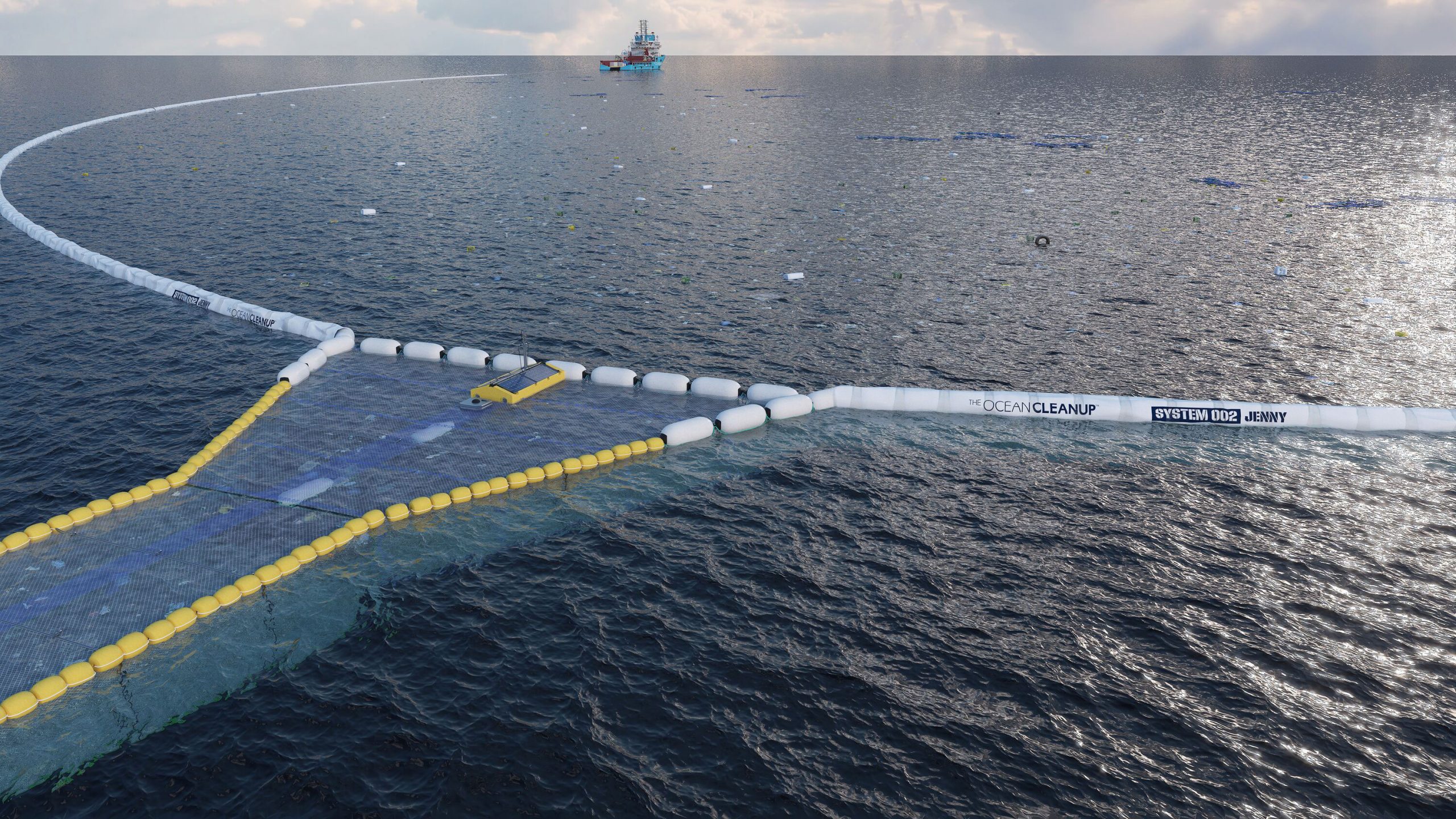

/https://public-media.si-cdn.com/filer/2d/f8/2df8565b-846e-47d1-b139-ce52095fb8da/37437678176_efd04bd9e4_o_web.jpg)

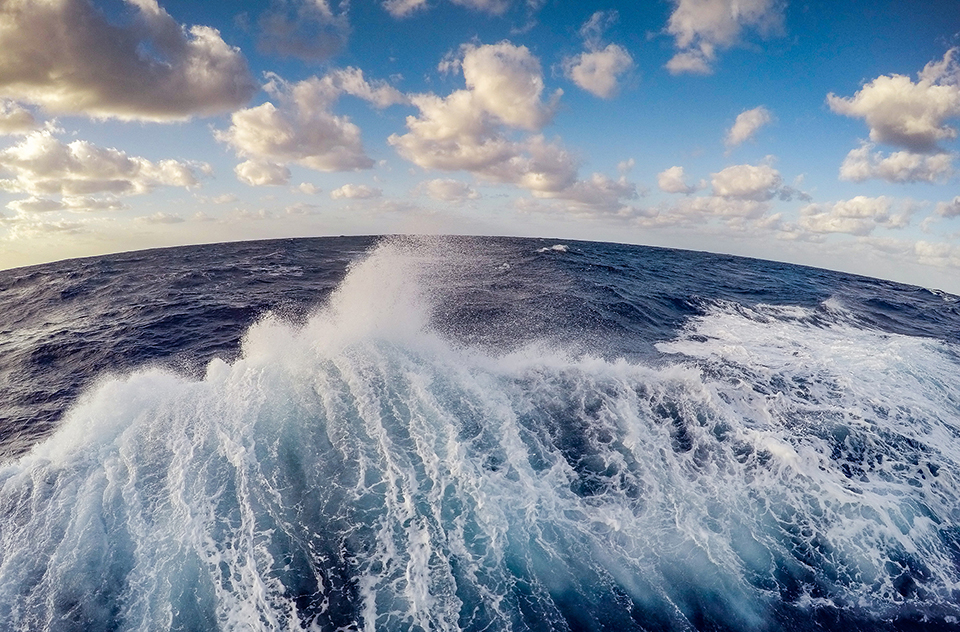
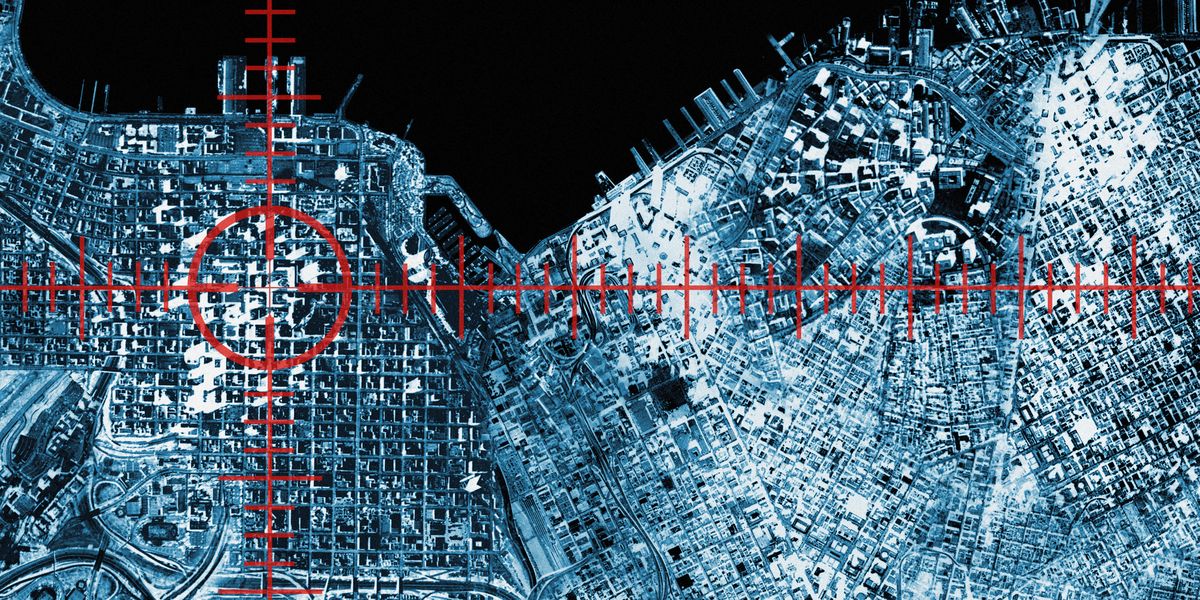

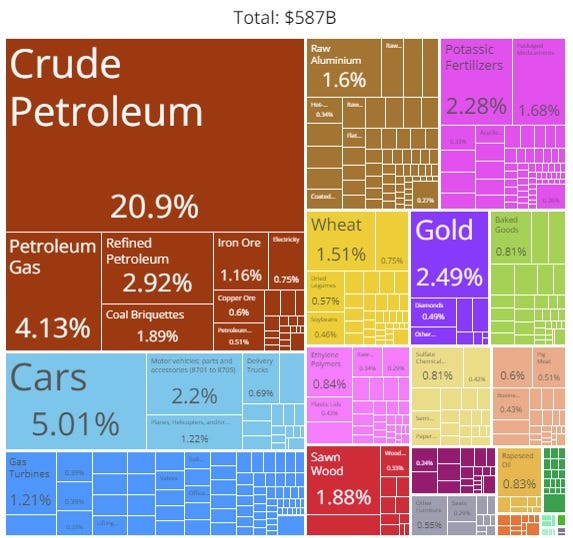
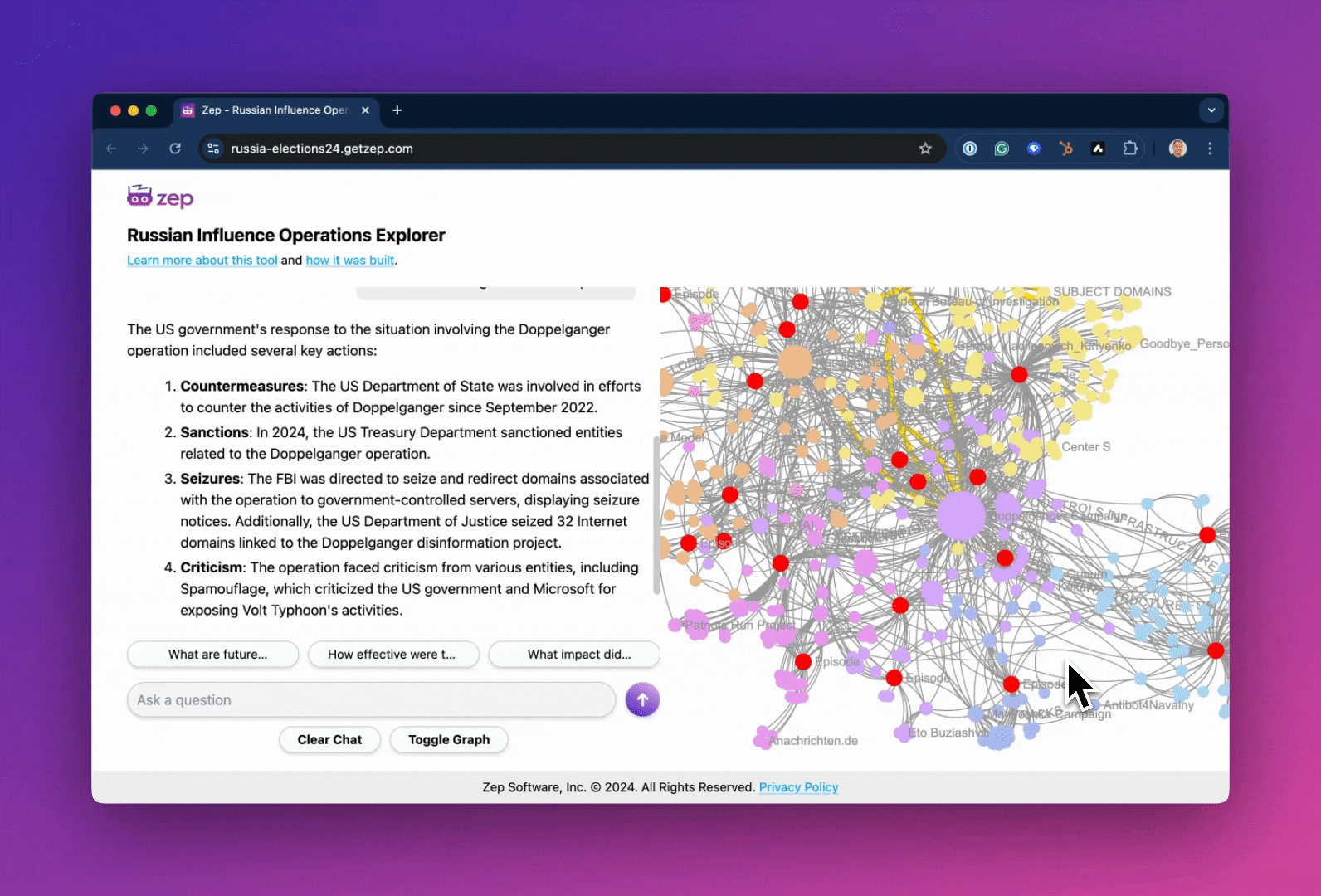




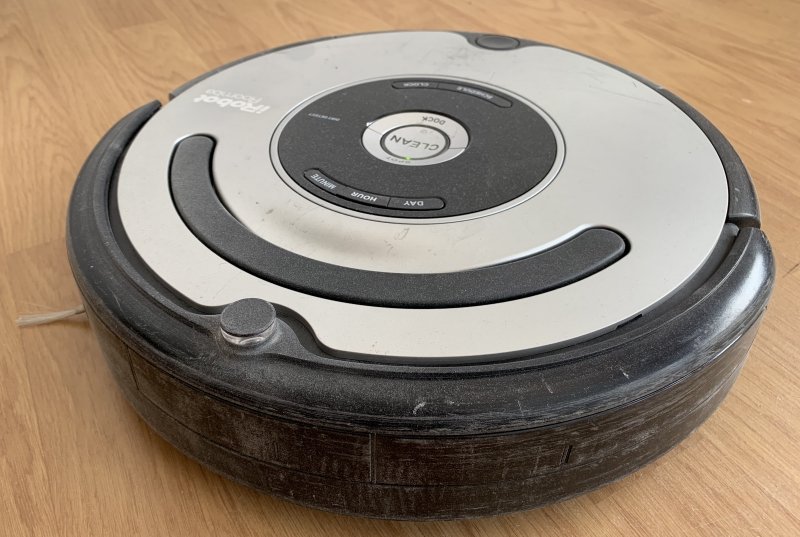



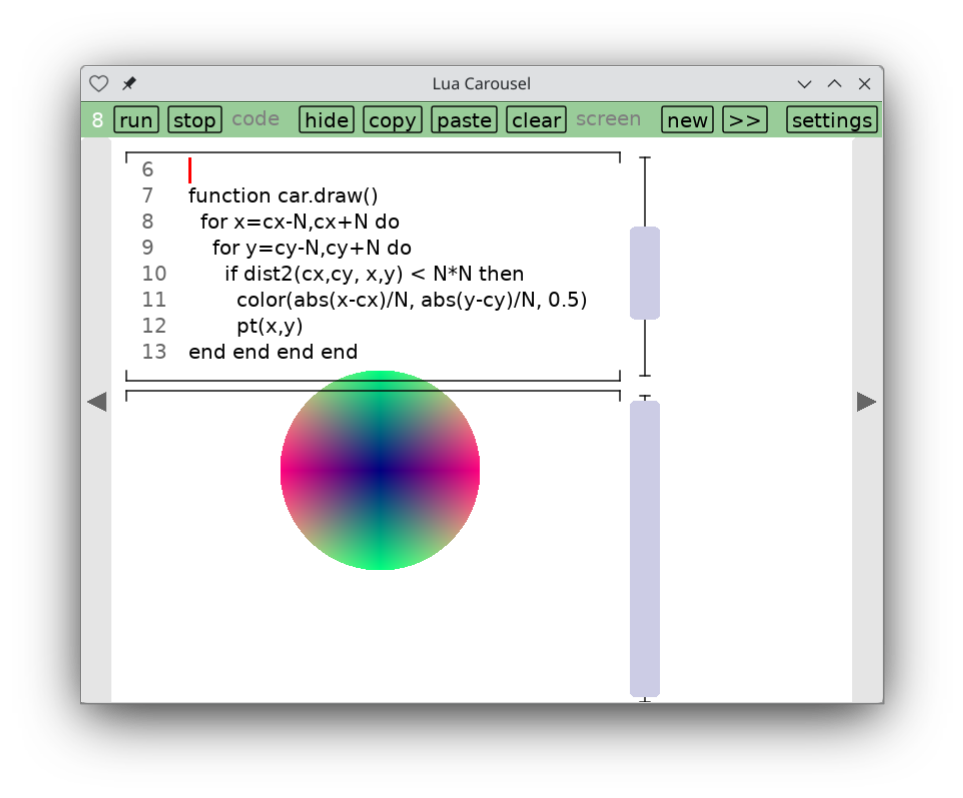
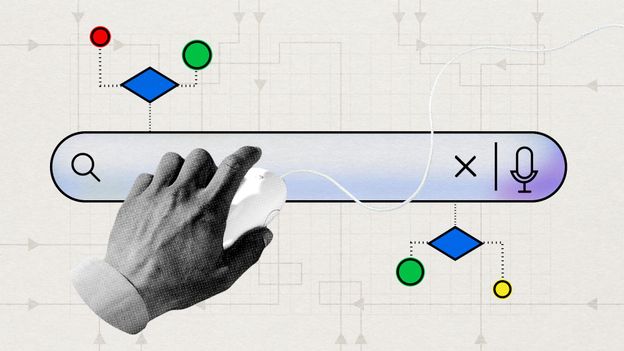
.png)


